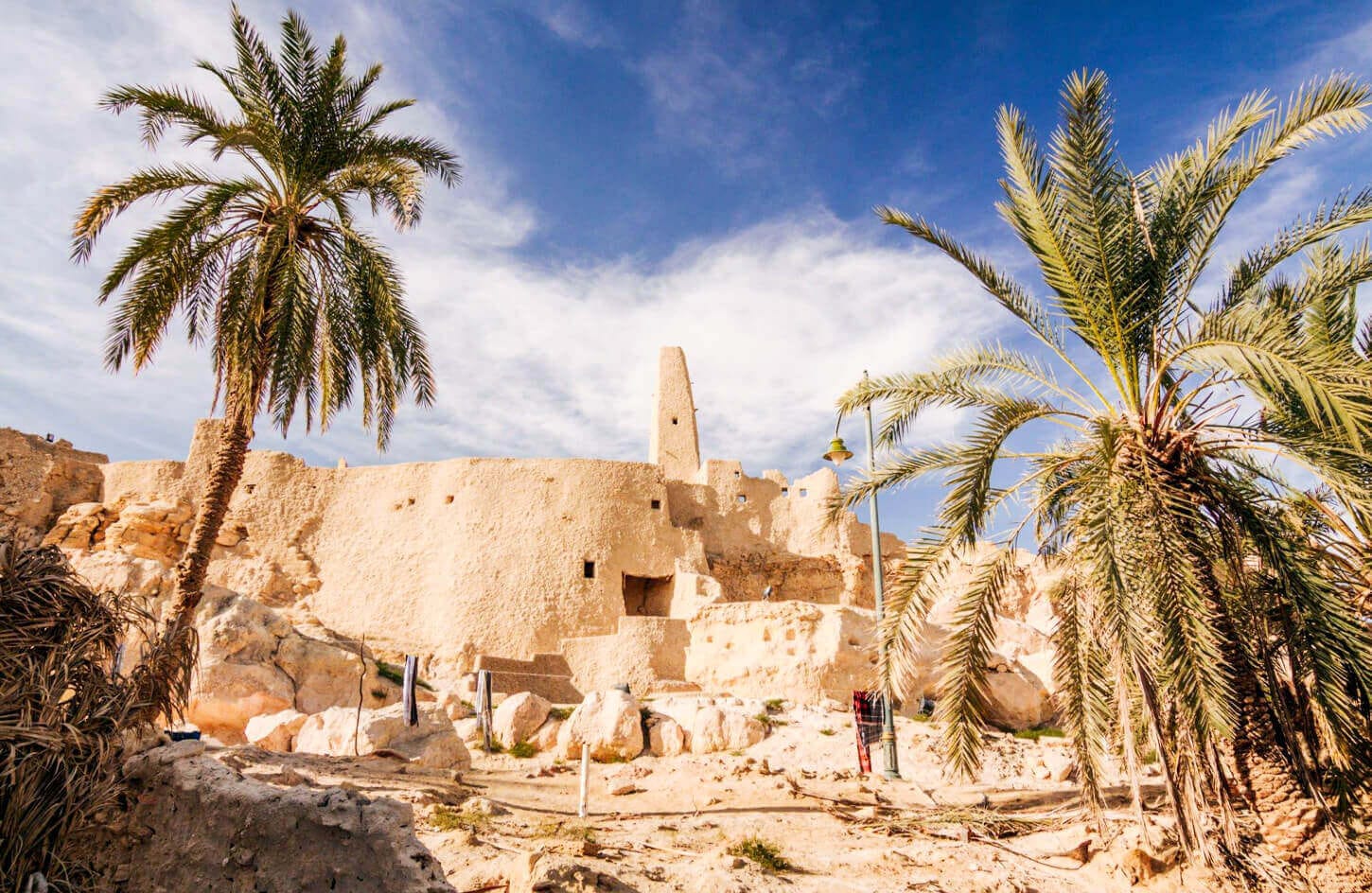Nestled deep within Egypt’s expansive Western Desert lies Siwa Oasis, a place of unparalleled beauty and cultural richness. Far removed from the bustling cities of Cairo and Alexandria, Siwa is a haven of tranquility and authenticity, making it one of the most enchanting destinations in Egypt. For those seeking an off-the-beaten-path adventure, Siwa Oasis is the perfect blend of history, nature, and tradition.
The History and Mystique of Siwa Oasis
A Rich Cultural Tapestry
Siwa Oasis has been a cultural crossroads for centuries. Its history stretches back to ancient times when it served as an important stop on desert trade routes. The Berber-speaking Siwan people, with their unique customs and traditions, have preserved the oasis’s distinct identity for generations. Visitors can still hear the Amazigh (Berber) language spoken widely here, a testament to the area’s enduring heritage.
The Oracle of Amun
One of Siwa’s most significant historical landmarks is the Temple of the Oracle of Amun, which dates back to the 6th century BCE. It was here that Alexander the Great is said to have sought guidance from the oracle, affirming his divine right to rule Egypt. The ruins of this ancient temple remain a powerful draw for history enthusiasts, offering a glimpse into the spiritual and political significance of Siwa in antiquity.
Natural Wonders of Siwa Oasis
Crystal-Clear Springs
Siwa Oasis is renowned for its abundance of natural springs, which provide a refreshing escape from the desert heat. Some of the most famous springs include:
- Cleopatra’s Bath: Also known as the “Spring of the Sun,” this ancient stone pool is believed to have been visited by Cleopatra herself. The clear, mineral-rich waters invite visitors to take a rejuvenating dip.
- Ain Al-Guba: A secluded spring surrounded by palm trees, offering a serene and picturesque setting.
These springs are not only vital to Siwa’s ecosystem but also provide a therapeutic experience for travelers.
The Great Sand Sea
Bordering Siwa Oasis to the west is the Great Sand Sea, a vast expanse of golden dunes that stretches as far as the eye can see. This breathtaking desert landscape is perfect for adventurous activities such as:
- Dune Bashing: Experience the thrill of navigating the towering dunes in a 4×4 vehicle.
- Sandboarding: Glide down the slopes of the desert for an adrenaline-packed activity.
- Camel Treks: Immerse yourself in the traditional way of desert travel while soaking in the mesmerizing scenery.
Salt Lakes
Siwa’s salt lakes are another natural marvel. These striking turquoise pools are surrounded by a stark white landscape of salt deposits, creating an otherworldly atmosphere. The high salt concentration makes floating effortless, offering a relaxing and meditative experience. Additionally, the salt is known for its therapeutic properties, attracting visitors seeking relief from various ailments.
Cultural Experiences in Siwa
Exploring Shali Fortress
At the heart of Siwa lies the Shali Fortress, a sprawling mud-brick structure that has stood for centuries. Built in the 13th century, this ancient citadel was once the center of Siwan life. Today, visitors can wander through its winding alleys and climb to the top for panoramic views of the oasis.
Traditional Siwan Crafts
Siwa is famed for its handcrafted products, which include intricately embroidered textiles, silver jewelry, and palm-weaving crafts. Visiting local workshops provides an opportunity to witness artisans at work and purchase unique souvenirs that reflect the oasis’s heritage.
Siwan Cuisine
The cuisine of Siwa is a delightful fusion of Egyptian and Berber flavors. Be sure to try:
- Tagine: A slow-cooked dish made with meat, vegetables, and aromatic spices.
- Dates and Olives: Siwa’s date palms and olive trees yield some of the finest produce in Egypt.
- Siwan Bread: A traditional flatbread baked in clay ovens, often enjoyed with local honey or olive oil.
Sustainability and Tourism in Siwa
Siwa’s remoteness has helped preserve its natural beauty and cultural identity, but sustainable tourism is essential to maintain this delicate balance. Many eco-lodges in Siwa are built using traditional materials like mud and palm wood, ensuring they blend seamlessly with the environment. Travelers are encouraged to respect local customs and minimize their environmental footprint while exploring this unique destination.
When to Visit Siwa Oasis
The best time to visit Siwa Oasis is during the cooler months, from October to April. During this period, the temperatures are pleasant, making it ideal for exploring the oasis and enjoying outdoor activities. The Siwa Date Festival, held annually in October, is a highlight for those interested in experiencing the vibrant local culture.
How to Reach Siwa Oasis
Siwa’s remote location adds to its allure but also requires careful planning to reach. The most common routes are:
- By Road: Siwa is approximately 750 kilometers from Cairo, and the journey by bus or private car takes around 8-10 hours.
- By Air: The nearest airport is in Marsa Matruh, located about 300 kilometers away, followed by a road transfer to Siwa.
The journey to Siwa may be long, but the destination’s beauty and charm make it well worth the effort.
Conclusion
Siwa Oasis is a true hidden gem, offering an enchanting blend of history, nature, and culture. From its ancient ruins and crystal-clear springs to its breathtaking desert landscapes and vibrant traditions, Siwa promises an unforgettable experience for every traveler. As Egypt’s most isolated oasis, it invites visitors to step back in time and discover a world of unparalleled beauty and tranquility.


